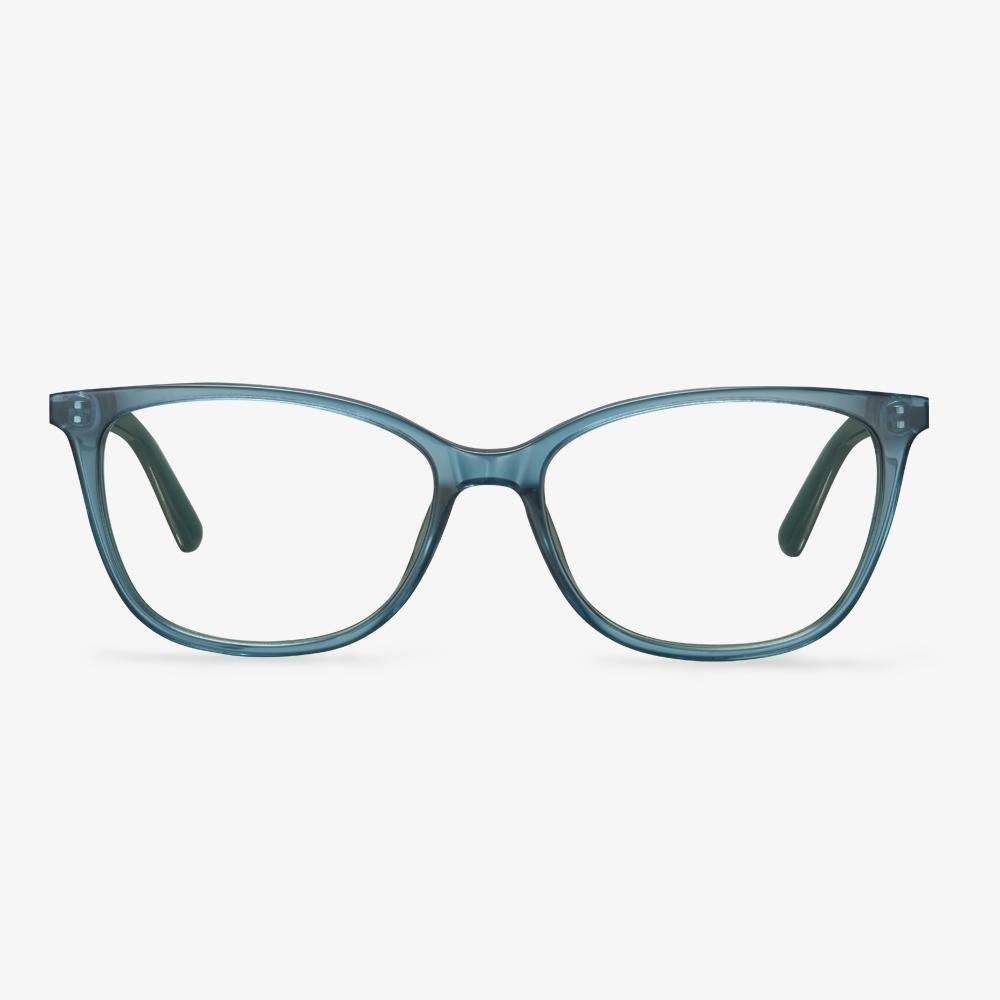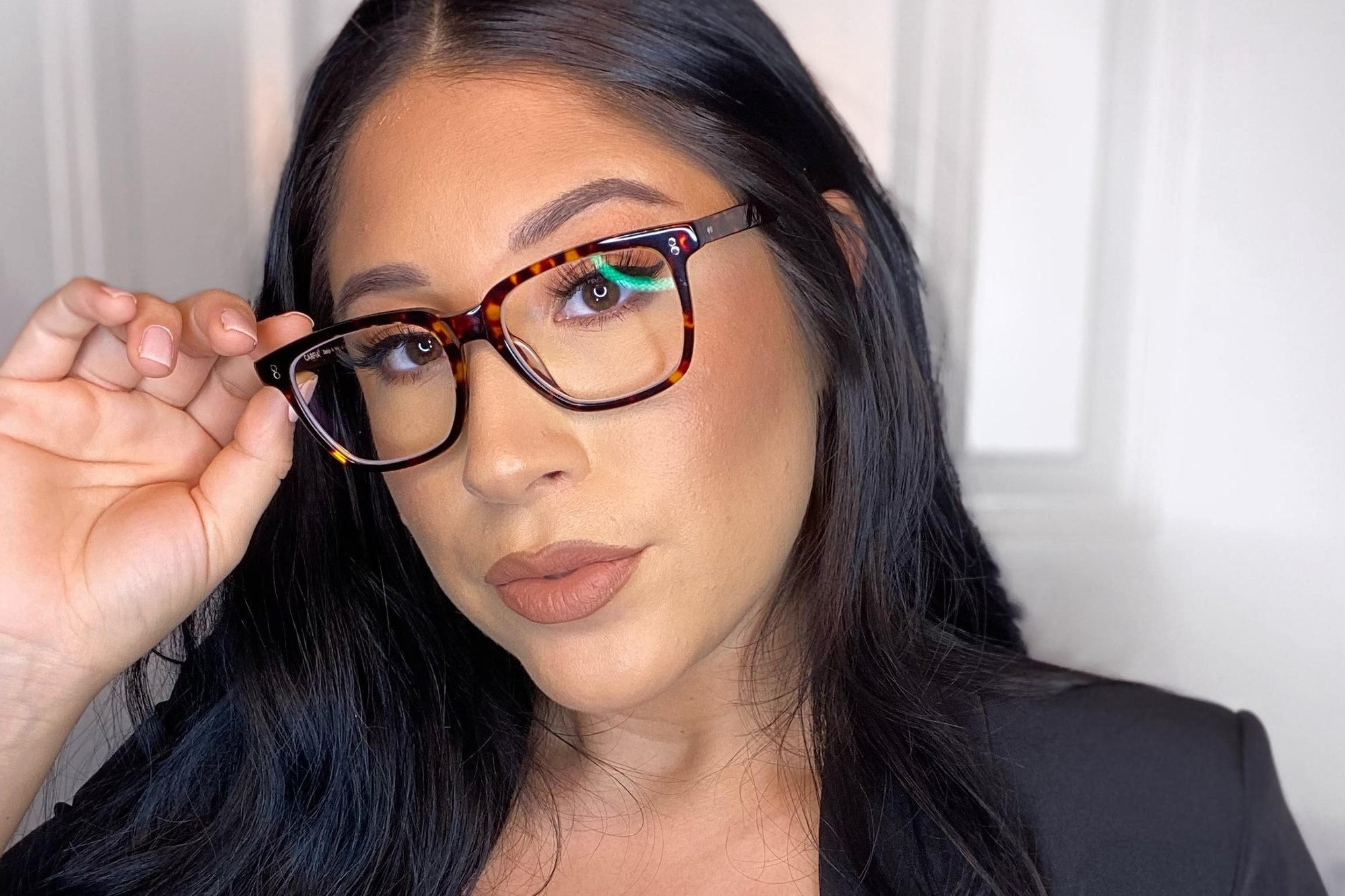How do fishing goggles work?
When fishing in calm water, the light is straight to us. Because of the wind and waves on the water, there will be countless reflective surfaces, just like we face countless mirrors, leading to not clear float. For a long time, eyes will be very tired. Fishing sunglasses block the uncomfortably bright light and protect the eyes from UV damage. All of these functions are achieved by metal powder filters that 'select' light as it comes in.
Ray-ban Driving Glasses
Ray-Ban sunglasses, an international brand, were created in the 1930s, especially for the US Air Force, to block the fierce light at high altitude, with a very good UV protection function. Through the precise manufacturing and polishing process, Ray-Ban lenses are free of optical deviation and will not cause eye strain, headache or fatigue after wearing.
KoalaEye Blue Light Blocking Glasses
Relying on strong development and research strength, KoalaEye anti-blue light glasses are made of high-quality materials, with higher light transmittance, stronger optical performance, and a clearer experience after wearing. Superior performance can effectively block the blue radiation from the artificial light sources, reduce the black eyes caused by blue radiation, make the eyes more comfortable, and have a clearer vision.
The design evolution of progressive lenses
Spherical and aspheric designs
The design of the front surface of the far-use area of the early progressive lens is similar to that of the ordinary spherical single vision lenses, so it is called a spherical progressive lens. Since 1974, the front surface of the far-use region of the lens is designed to be aspheric by designers, which not only reduces the peripheral aberration but makes the lens thinner, lighter, and less powerful.
Hard and soft design
For hard design, the channel is short, and the gradient is large. The near-use area position is high. The effective visual area of remote and near-use areas was larger. Peripheral astigmatism is relatively concentrated. Because surrounding astigmatism increases rapidly and the distribution is dense, the curve effect is more obvious. The gradient area is narrow. It is more difficult and takes longer for wearers to adapt.
Lenses with soft designs have slower gradients, longer gradients, and wider gradients. The angle of rotation of the eye from the far area to the near area is greater. It's easier to get used to. Compared with the hard design, the effective visual area of the far and near use areas is smaller, and the location of the near use area is lower.
Single, diverse, and individualized design
Initially, the progressive lenses used a single design, in which each basic curve was scaled equally and a luminosity combination was added within the range of its semi-finished lens blanks. The steepest base curve uses the same lens design as the flattest base curve. Lenses designers quickly realized that the overall performance of the lens could be improved by microcustomizing the lens design, leading to progressive lenses with multiple designs. This kind of design is called diverse design. By the mid-1990s, there was the emergence of individualized lens designs. In addition to using different gradients, these first individualized lens designs used steeper baseline curves with a slightly larger approach area to compensate for increased magnification and reduced field of view.
Symmetrical and asymmetric design
There is no difference between the left and right eyes in the symmetrical design of progressive lenses. As the eyes turn inward when they see near objects, the gradual gradient area gradually tilts to the nasal side from top to bottom, so the left/right progressive lenses should be rotated clockwise/counterclockwise respectively during processing. An asymptotic lens with left and right eye divisions is called an asymmetric design. The gradient is gradually and moderately inclined to the nasal side from top to bottom. The refractive force, astigmatism, and vertical prism of the two sides of the left and right gradient of the asymmetric design lenses are basically similar. At the same time, considering the characteristics of eye movement parameters in binocular vision, the peripheral aberrations of the corresponding positions of the left and right lenses were appropriately balanced to improve the visual effect of the wearer.
RIVBOS Polarized Sports Sunglasses for Driving
TAC Polarizing Lenses - RIVBOS lenses are made from cellulose triacetate (TAC) material. TAC has quality optical properties that prevent the shrinkage of PVA polarized light film and has high strength surface scratch resistance. They help restore the original color, eliminate reflected and scattered light, and provide perfect eye protection. Rivbos frames are made from durable TR90 material. These polarized sunglasses feature flexible, stress-resistant frames that are able to withstand pressure without breaking. Whether it's sports or casual, you can show off your unique style.
Disadvantages of Progressive Lenses
It is limited in applicable range. Progressive multi-focus lenses have no limit in strength and can be worn for myopia, presbyopia, or moderate astigmatism, but they are not suitable for everyone. Now there are more than two categories of asymptotic focus lenses, one is hard and the other is soft. A person who can understand and adapt to the temporary discomfort that progressive multi-focus lenses begin to produce can have a pair of glasses. If you have severe symptoms such as high blood pressure, dizziness, or have a misunderstanding on progressive multiple focal lenses, and you are unwilling to adapt to them, it will be difficult to try.
Can you buy eyeglasses insurance?
If you've recently realized that you need glasses, you know it's time to start budgeting for them. Glasses can cost hundreds of dollars and may need to be updated every year! But don't stress yourself out. There's a product that can help cover your costs. Technically speaking, there is no official eyewear insurance product. But that doesn't mean that there aren't products that can cover glasses. This product is called vision insurance. But don't call it eyeglass insurance.











































